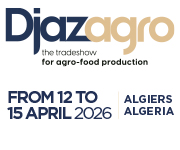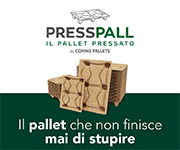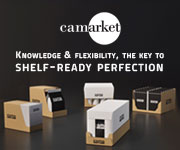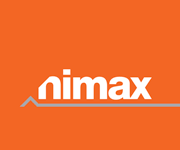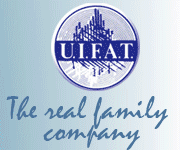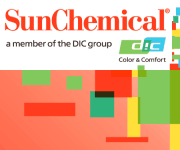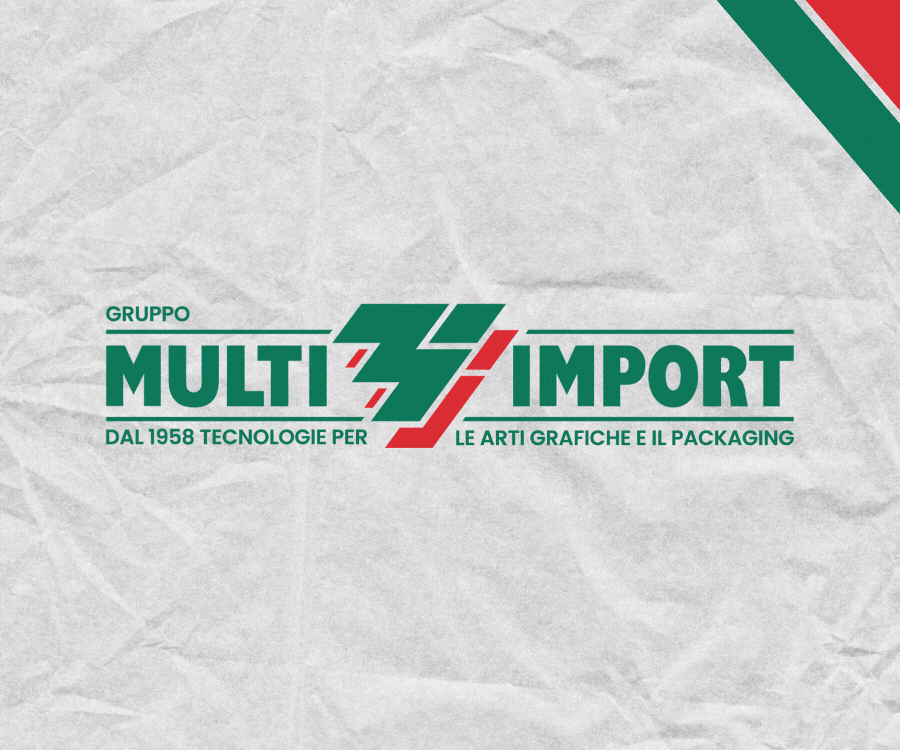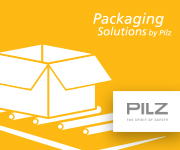Sustainable trends in food packaging
If we take a look at trends for the next year in the food industry from a packaging standpoint, ecological sustainability will remain the defining theme. It isn’t only about the actual product, but perhaps even more about packaging and logistics.
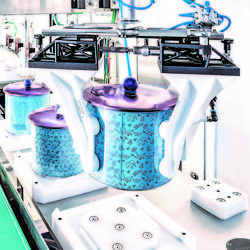
There is hardly a supermarket left that does not want to appease the ecological conscience of its customers with local suppliers and short travel distances. Customer centricity will continue to be a key factor when it comes to finding and retaining customers in the food industry: Branding and brand management are not only achieved through advertising, but increasingly through presentation at POS and therefore through packaging. The look, feel and information conveyed on the packaging add value to brands. Protection and hygiene are also essential prerequisites. No matter how high the sustainability standards, they will not lower consumers’ expectations of quality and hygiene. In other words, consumers will continue to ‘eat with their eyes’, which is why there is simply no way around an appealing, appetising presentation – but now also taking into account the impact on the environment and climate.
Changing consumer behaviour
Changing consumer behaviour needs to be closely followed by the food industry, and with it the issue of packaging. A few years ago, organic products were more likely to be found in health food shops, but today they are available in most supermarkets. The topic of e-commerce or e-foods is also playing a steadily growing role in the food industry. This development is favoured by urbanisation, demographic change and, of course, the pandemic. These factors have not only radically accelerated the entire e-commerce business, but also the use of packaging material as virus protection at POS. And this is where it gets interesting: on the one hand, products have to be safely packaged and protected for transport, and on the other, packaging as a means of presentation needs to be both compelling and sustainable. Many consumers are unsure which choice will keep their ecological footprint lean when shopping. They are not alone in this: most manufacturers or users of packaging feel the same way. Packaging that may be well-intentioned but is in reality more harmful to the environment than beneficial, continues to enter the market. Waste management companies understand this well: what cannot be separated easily or only has a small share in the collection of recyclable materials cannot be recycled. This results in the recyclable material cycle missing out on the material and the recycler missing out on his margin. For non-recyclable materials, the only option is thermal recycling – a euphemism for the waste incineration plant.
Recycling is a decisive factor
It isn’t only the social trend towards more sustainability that will dominate the future – politics will be setting the direction for the industry with stricter regulations and recycling quotas. The backdrop is the European Union’s Green Deal with an action plan for a functioning circular economy. In the packaging and food industry, this requires not only the use of fully recyclable materials, but also the targeted collection, clean separation, and complete recycling of waste, resulting in a pure material that can be used again for the same purpose without any compromises.
Several recyclers and dual systems have already developed their own certifications with which the recyclability of a specific packaging solution can be re-evaluated. It becomes a problem for material composites that cannot be separated or are difficult to separate, such as PE bottles with PVC sleeves – although the use of mono-materials is viewed positively in terms of establishing plastic as a part of the circular economy. The food industry, for example, will have to rely more on the use of mono-packaging materials and paper packaging. As a result, the trend towards plastic-free packaging will increase. Food that is offered in a plastic-free packaging option will set the pace in terms of sustainability. This will also affect dispenser systems on supermarket shelves. The trend towards “refills” will intensify. Although filling stations are still a rarity, retailers such as Alnatura, dm, Kaufland or Aldi are already testing unpacked stations in some of their shops to assess how customers accept the self-filling offering. Although the initial focus is on cosmetics, cleaning products, detergents and dishwashing liquids for refilling, but dry foodstuffs are now also available unpacked – whereby you simply bring the right containers with you or buy them on the spot. The key questions are: Where can the industry do without plastic? Where can substitute products be used? But also importantly: how can we protect food from damage during transport?
Consumer behaviour isn’t always entirely rational. More than half of the packaging produced for consumers globally is used for the food industry. But the packaged product accounts for ten to a hundred times more CO2 pollution than the packaging itself. The protective and shelf-life function of packaging that is suitable for the product is vital, but consumers are often not sufficiently aware of it. The packaging industry needs to take this into account and positively influence the expectations of customers through the use of mono-materials and information.
Thinking about processes holistically
It can be assumed that the sustainability megatrend will continue to strongly influence the food industry through rapidly changing consumer behaviour and society’s advancing digitalisation. But the actual products only represent a part of the overall process. Distribution, logistics and ultimately production are part of a value creation process that will be readjusted through digitalisation and automation in the coming years. Only by increasing efficiency, flexibility and agility can this megatrend be successfully countered in all its facets. To achieve this, packaging processes need to be considered holistically and more broadly – from the choice of packaging material to feeding, the various packaging steps and transport to the post-consumption packaging recycling process.
In principle, the focus in the future will be on avoiding plastic and substituting it with paper. Where plastic cannot be dispensed with, mixed packaging will be replaced by recyclable mono-material packaging to make it more attractive for the recycling industry. Working with a partner in the production process who has mastered the material mix will represent a decisive competitive advantage. Packaging machine manufacturer Schubert is currently building up comprehensive expertise in the field of packaging materials with the support of its industry partners. This includes not only extensive data on the machinability and recyclability of materials, but also the development and optimisation of packaging and sustainability consulting along the entire supply chain.
The key to the future does not lie in innovative technical ‘silo’ solutions, but in a holistic approach that considers all the parameters of a seamless integrative packaging process in the food industry. With Schubert, the industry has a central solution provider who can map the entire value chain of the packaging process in a single process. There is however one thing that will not change in the years to come: success will always be about facing the future with new ideas, daring and curiosity.
Source: Gerhard Schubert
Prodotti e tecnologie: GERHARD SCHUBERT


